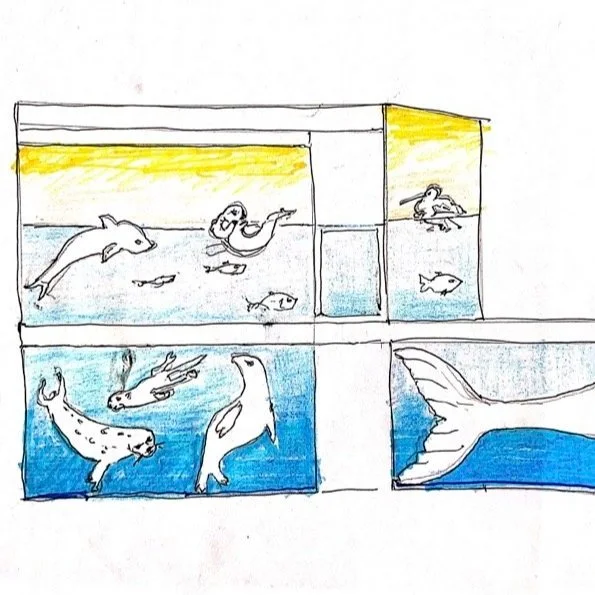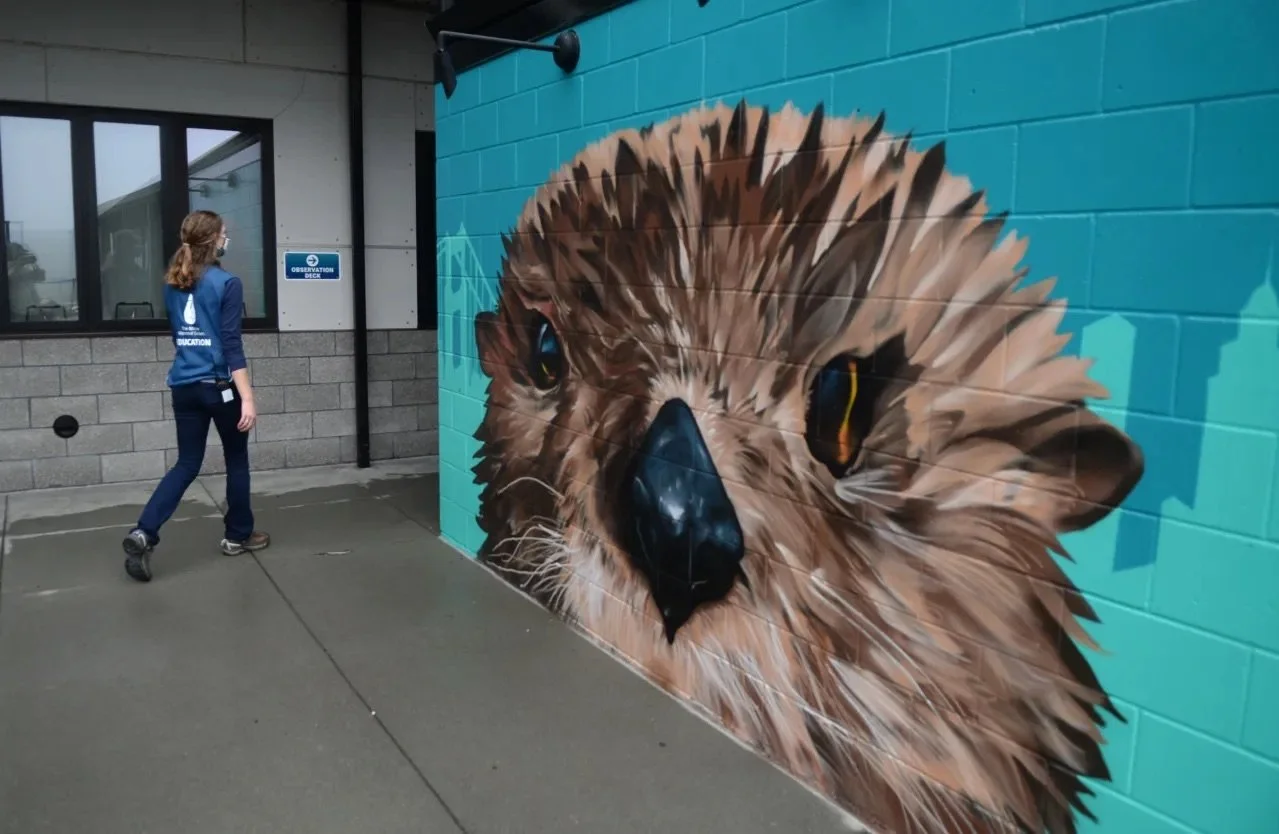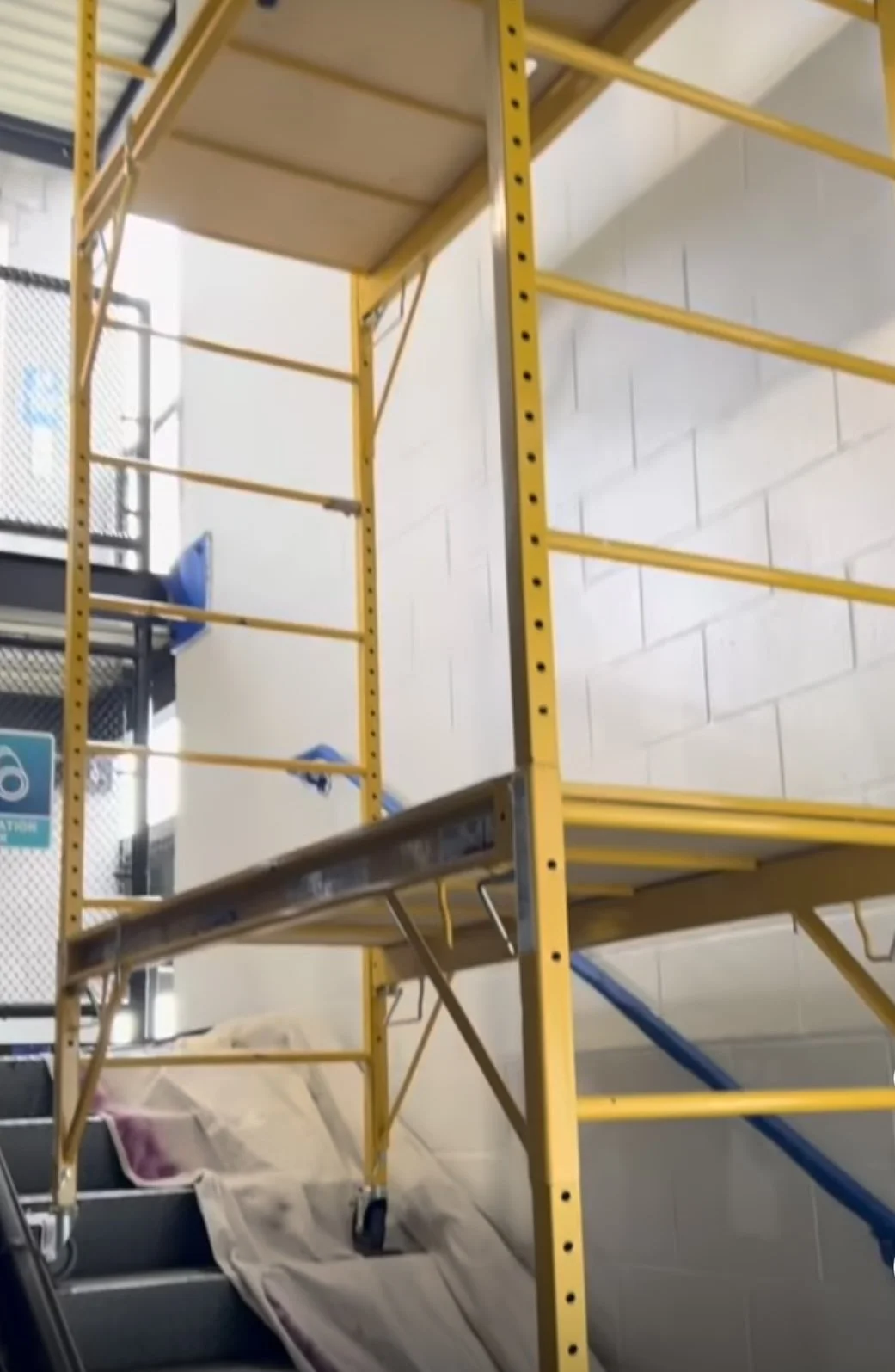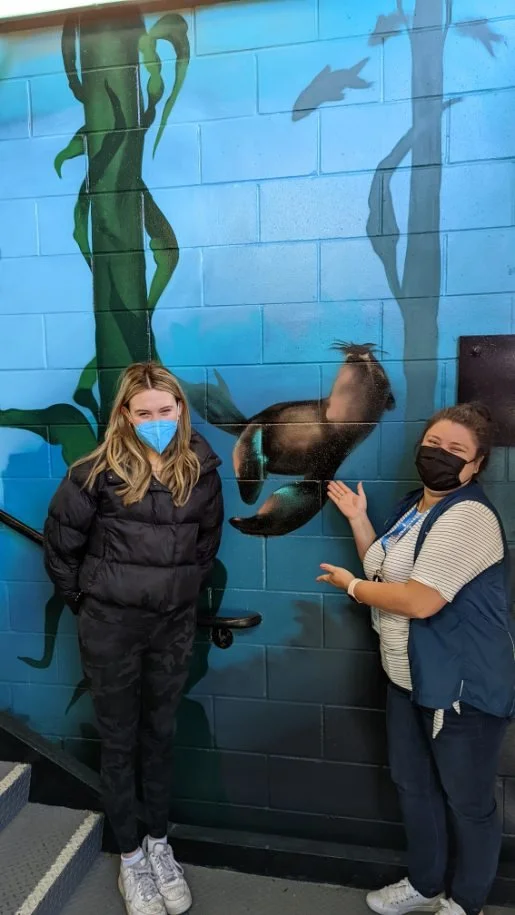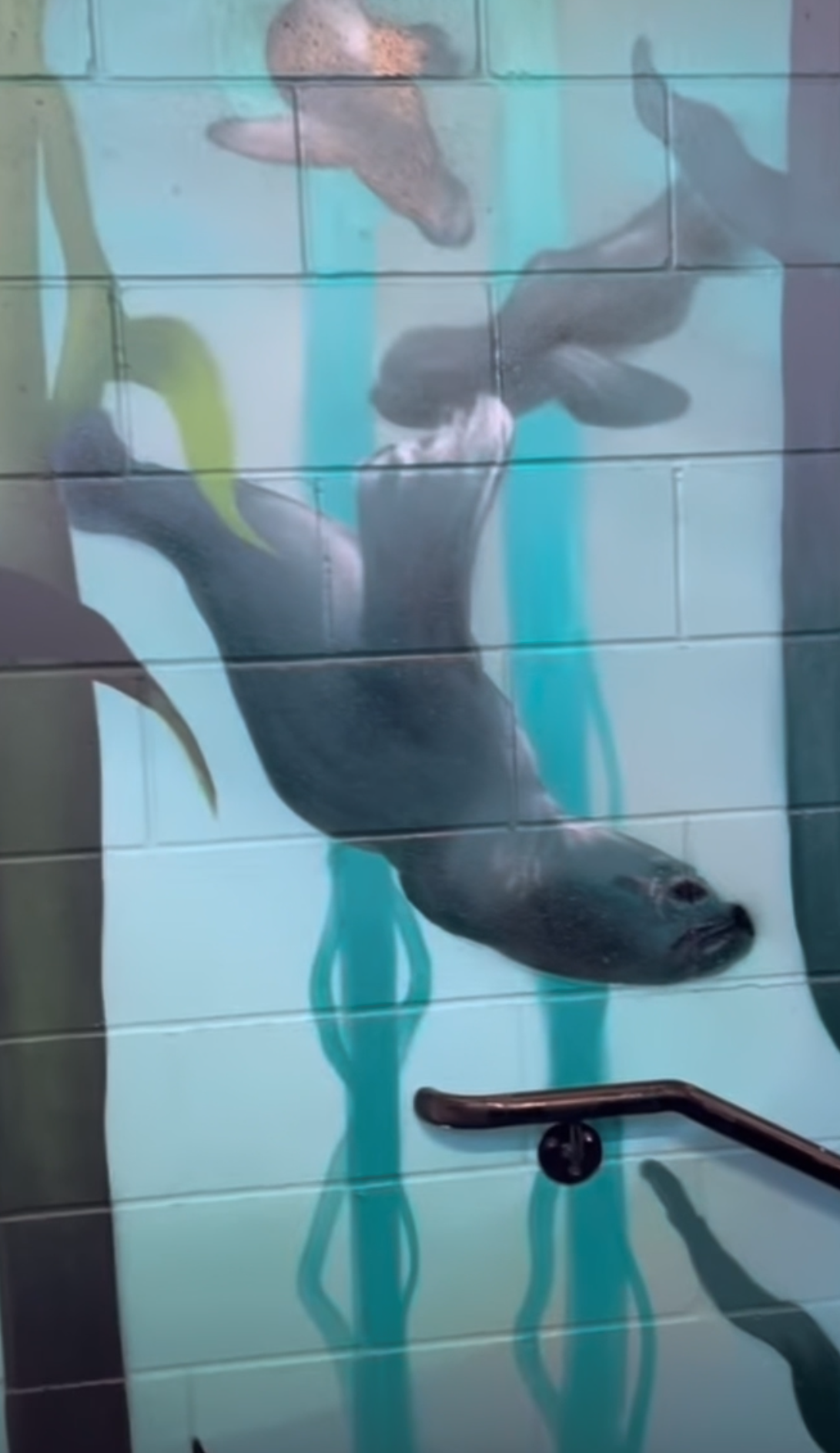Environmental Justice
The movement for environmental justice has expanded significantly in recent years with the growth of the importance of climate change as an issue of public policy. The bounty of nature has long been an artistic narrative—from landscape paintings found in Renaissance art to Ansel Adams’s indelible photographs of the wilds of the American West. However, only in the past century or so has environmentalism been a sustained focus of artistic endeavor, with environmental justice emerging as a frequent artistic theme in the 1970s. The focus of much of this art has been the destruction that mankind has wrought upon the natural environment, with works that all but implore mankind to wake up to the damage already done and reverse course before it is too late.
In this realm, as in many others, artists are often visionaries, producing works ahead of their time in style and focus. In this vein, Agnes Denes is one of the most influential environmental artists, pushing the boundaries of what art can be and showing how it can spill over into activism and social justice. Her most famous work is 1982’s Wheatfield, a Confrontation, which involved Denes planting a two-acre wheatfield in a landfill in lower Manhattan. The piece forced the viewer to confront the meaning of “progress” and to consider the best remedy for what had been an urban wasteland. As if speaking to the transitory nature of environmental beauty, Denes’s work lasted only three months. The area was subsequently cleared to begin construction of Battery Park City. Ironically, the destruction of Denes’s work transformed it into a transitory experiment that can now only be experienced through photography or memory—a commentary on the fragile beauty of nature and how the actions of humans can desecrate and destroy the natural landscape.
In recent times, one of the most impactful environmental photographic series is Chris Jordan’s Midway: A Message from the Gyre, which shows the sun-bleached carcasses of albatrosses lying on the island's beaches of Midway, their rotting bellies full of plastic waste. According to some estimates, by 2050, virtually all seabirds will have plastic in their stomachs. Few images immediately capture the suffering and carnage that pollution wreaks on the animal kingdom and the consequences of the apathy driving the continued destruction of our natural environment.
These are but two of the many artists whose works bring a renewed focus to the environment and the consequences of human actions for its continued health and beauty. With the exacerbation of climate change, we can likely, and unfortunately, expect many more artists’ works to focus on themes of environmental justice and the ephemeral beauty of our natural world. There is hope, however, that such work will serve as a clarion call to action and inspire new generations of activists to work to preserve nature’s bounty. For this reason, Justice Murals is proud of its work supporting the creation of murals carrying on the traditions of artists everywhere who use their talents to bring awareness to these vital issues.






